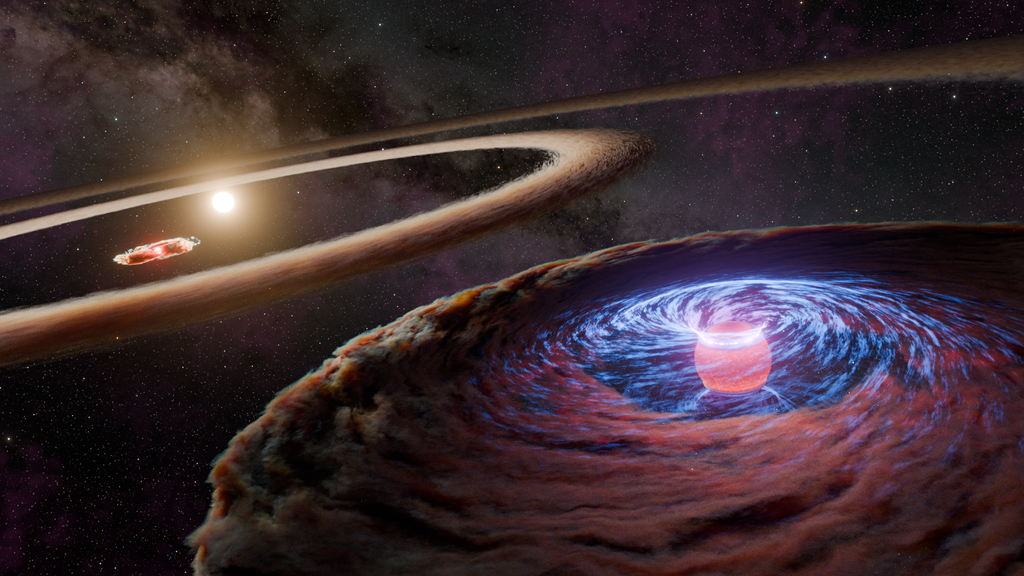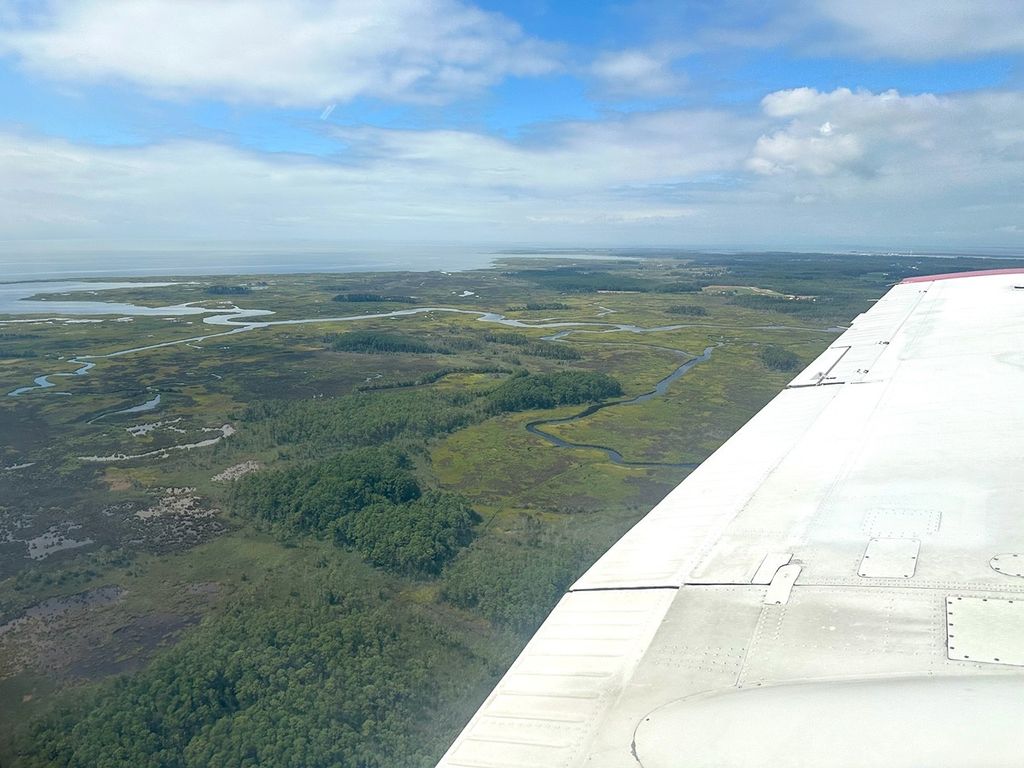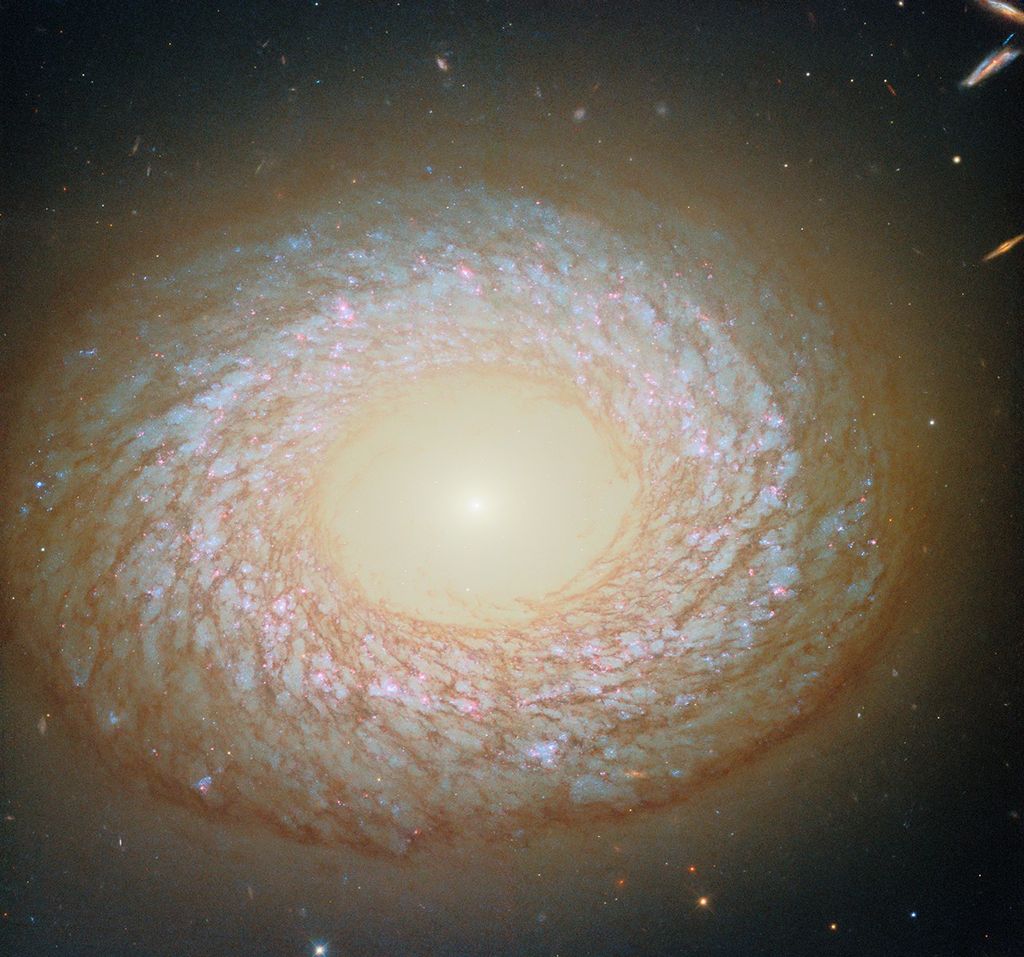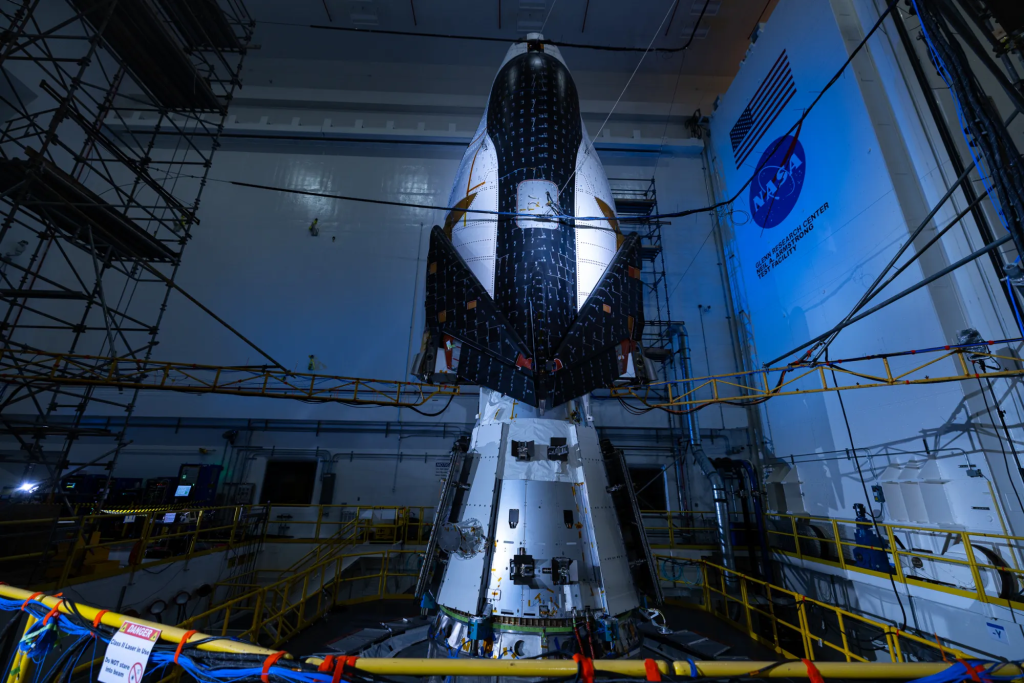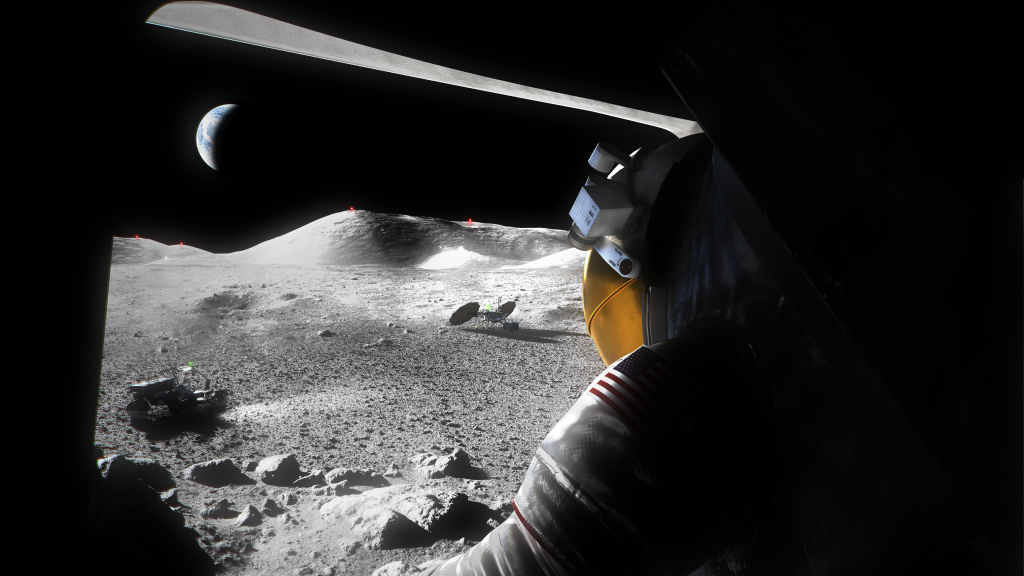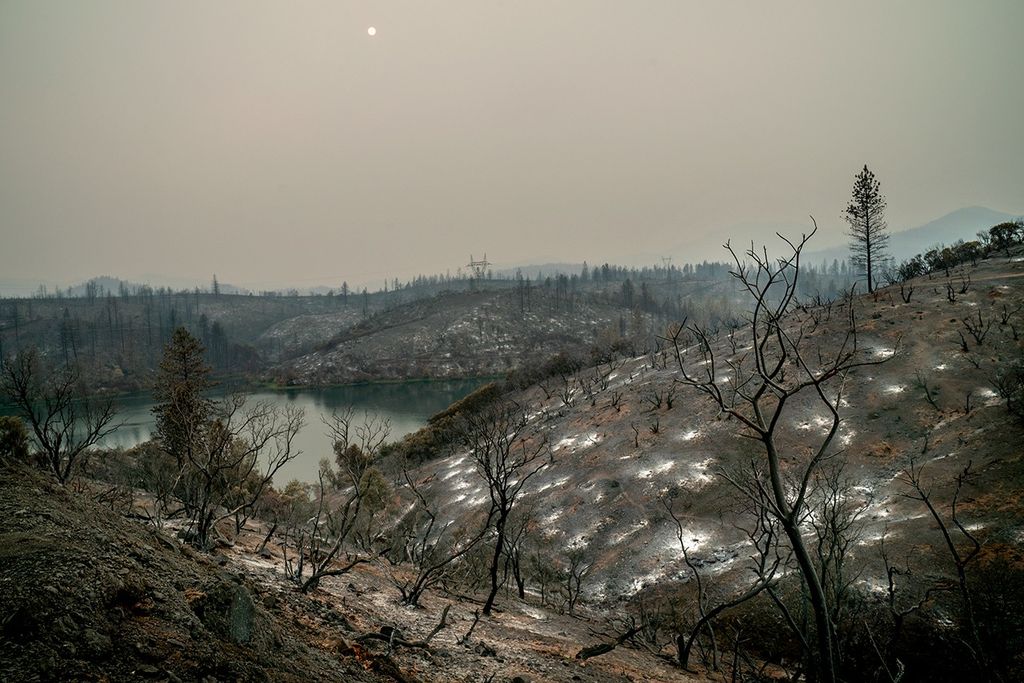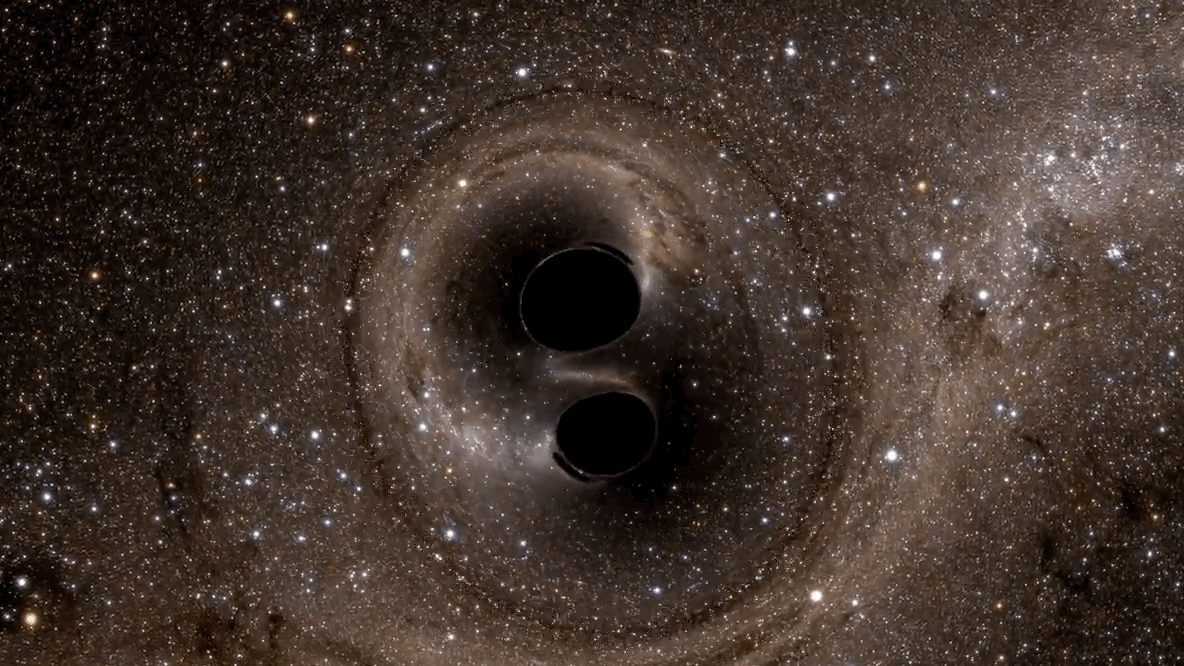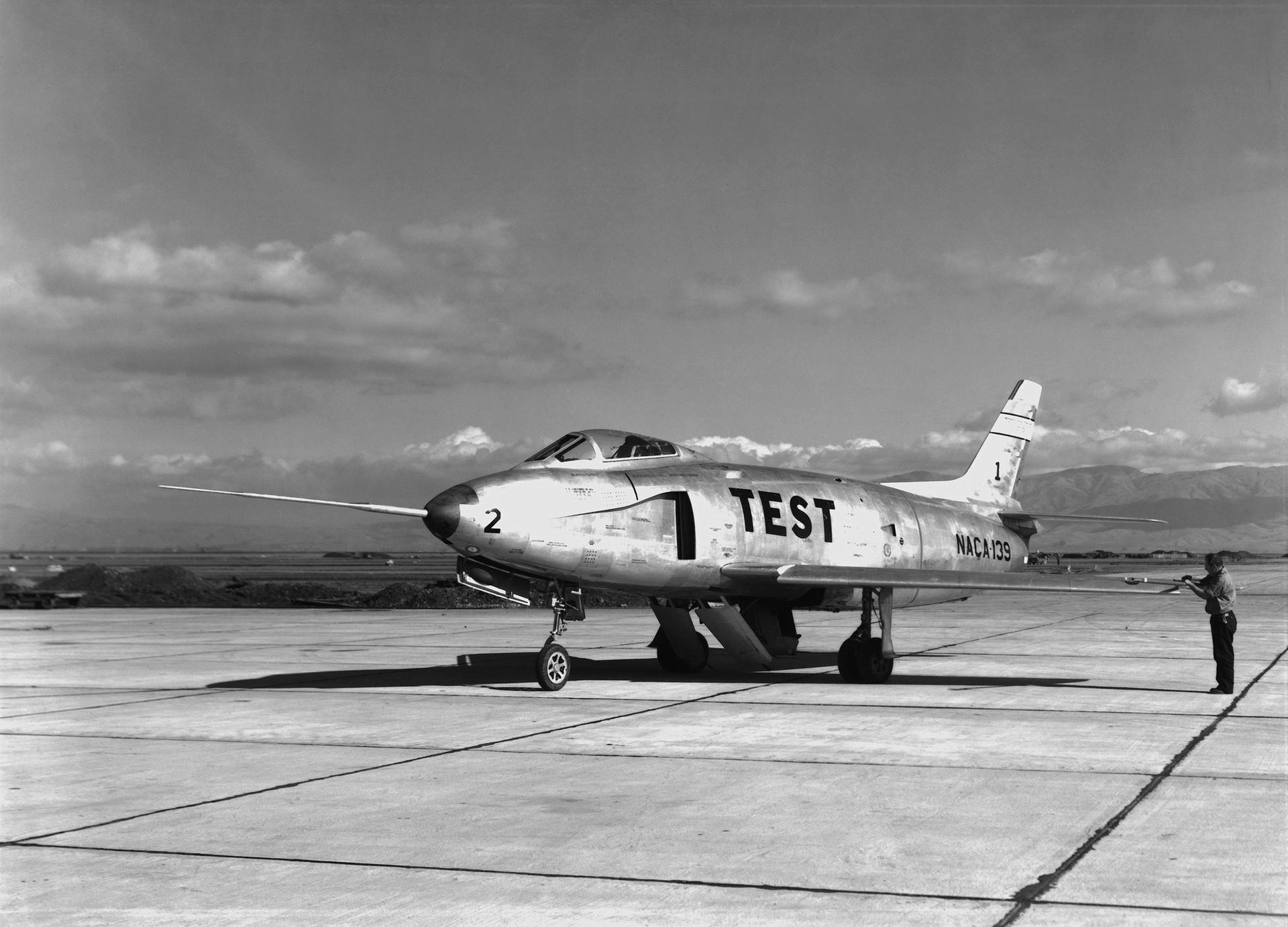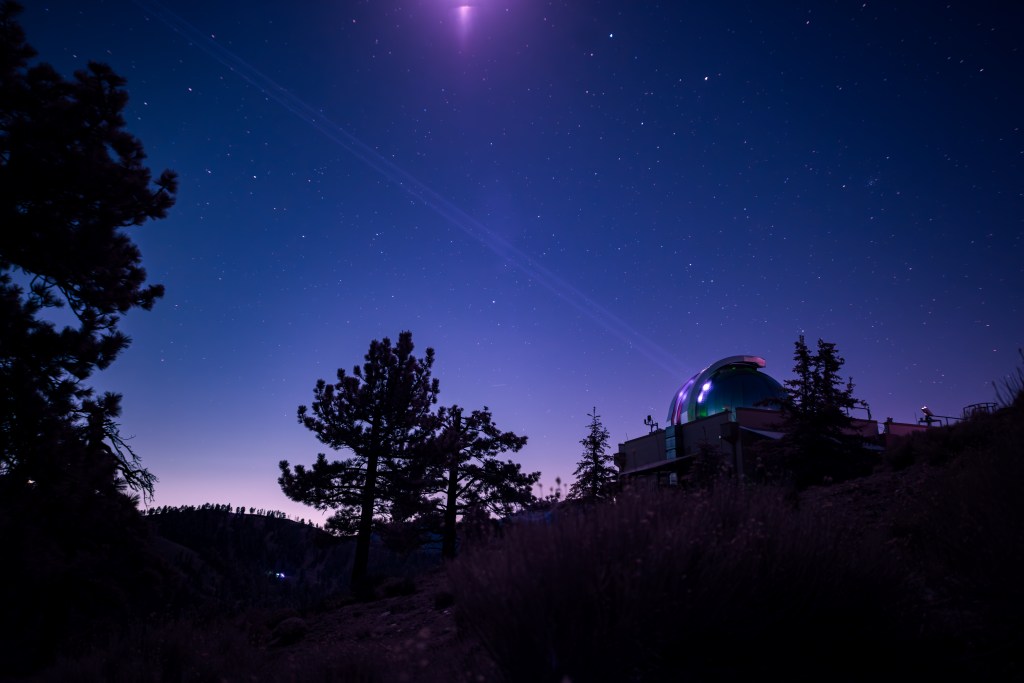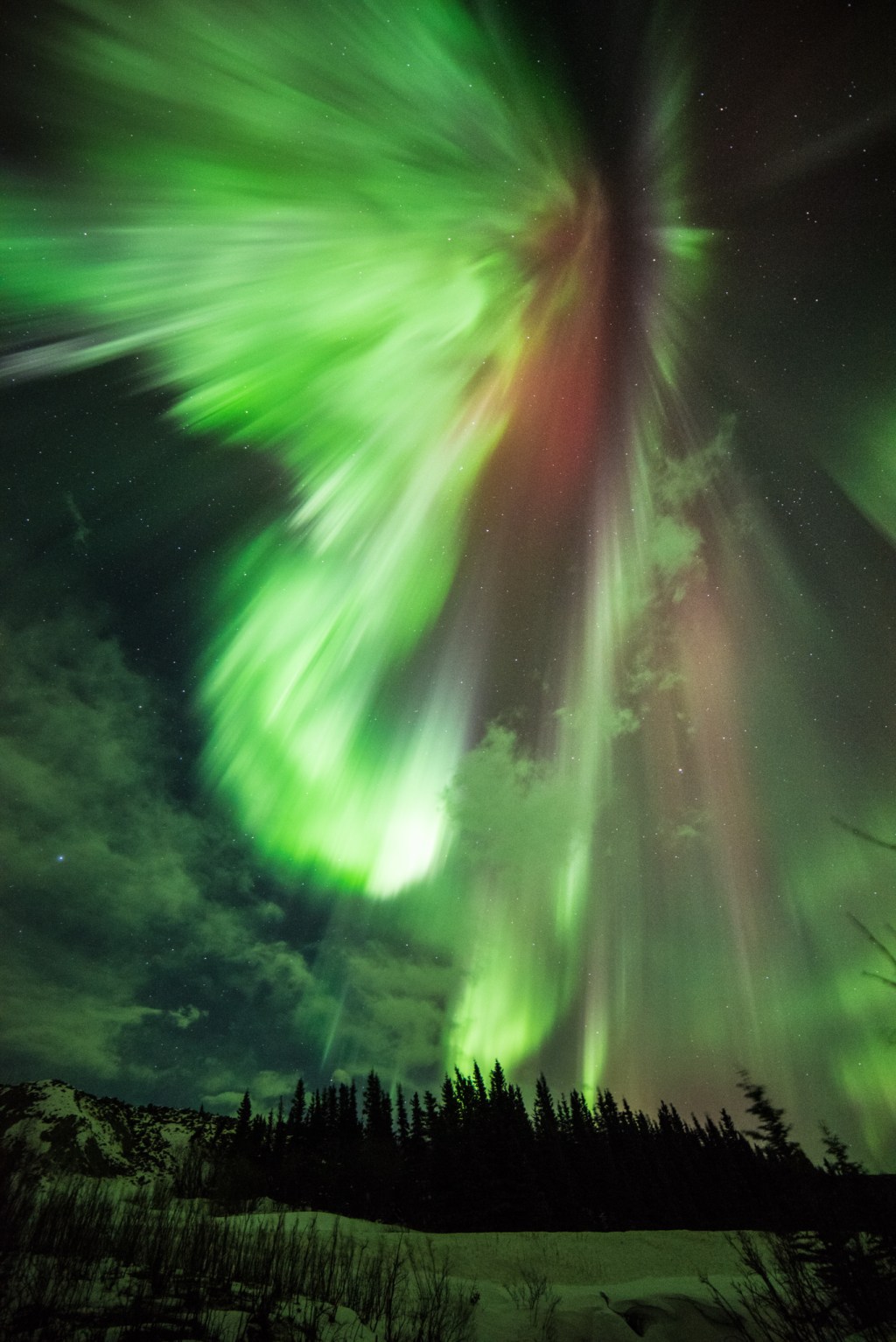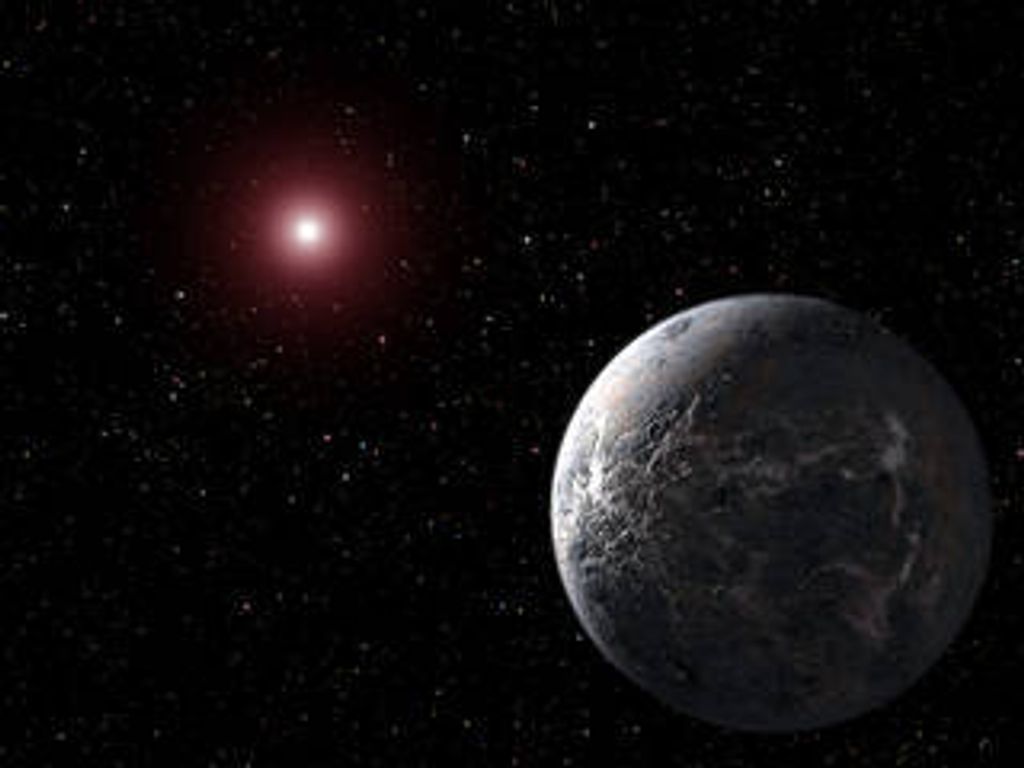Merapi Volcanic Cloud
Due to multiple volcanic eruptions in 2008-10, stratospheric sulfate aerosol concentrations are elevated compared to recent years, with possible impacts on atmospheric chemistry and radiation. Gaseous and aerosol clouds from major explosive eruption of Indonesia's Merapi volcano on November 4-5, 2010 were measured by multiple A-train sensors.
If a volcano injects a sufficient quantity of sulfur dioxide into the stratosphere, the resulting chemical reactions can create reflective and chemically reactive aerosols that linger for months or even years, cooling climate by reflecting sunlight. At just 7.5 degrees south of the equator, Mount Merapi is positioned to have such an impact. But in November 2010, Merapi had cumulatively emitted just 1 percent of what was released by Mount Pinatubo in 1991.
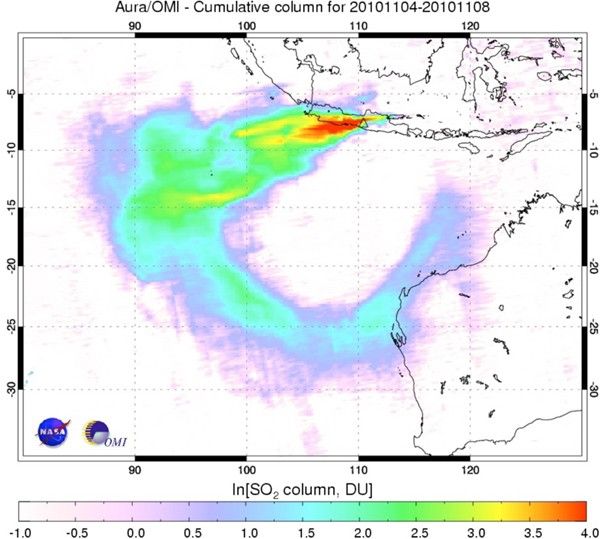
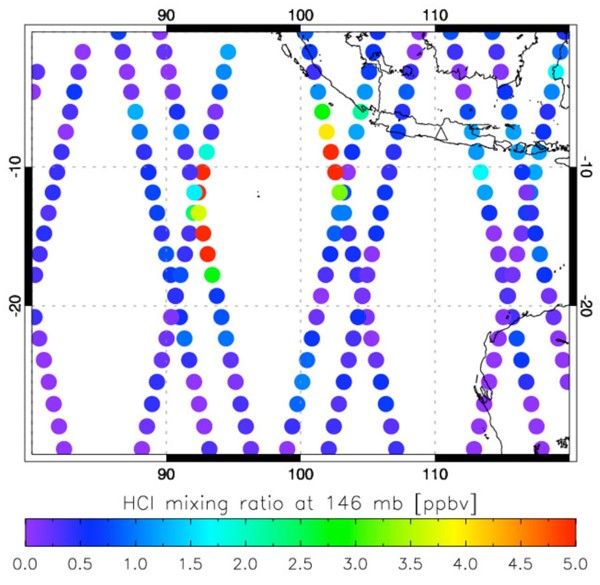
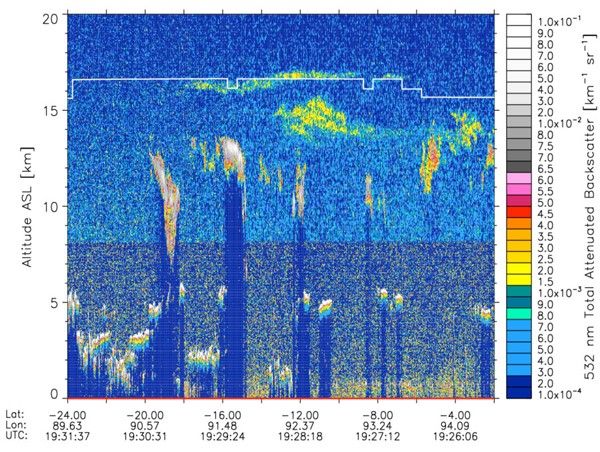
Aura's Ozone Monitoring Instrument (OMI) monitors volcanic and anthropogenic Sulfur dioxide (SO2) from space to detect trends in volcanic and anthropogenic aerosol precursors and will provide overlap with ESA Sentinel-5 precursor mission (TropOMI) planned to launch in 2014. NASA/NOAA Ozone Monitoring and Profiling Suite (OMPS) will continue the total ozone and SO2 observational record. Decadal Survey recommended the Geostationary Coastal and Air Pollution Events (GEO-CAPE) mission is planned to launch after 2020. It will allow more frequent monitoring of volcanic and anthropogenic SO2 pollution over North and South America.
This work shows the importance of solar-related processes in the observed variation of the atmosphere. It will be important to carry out further measurements of hydrogen oxide radicals (HOx ) and nitrogen oxides (NOx) constituents in order to understand the variations in ozone. Thus, measurements of the proposed Decadal Survey's Global Atmospheric Composition Mission (GACM) are necessary to continue the work on the influence of solar protons on the mesosphere and stratosphere.
Reference: OMI SO2: Krotkov N.A., M. Schoeberl, G. Morris, S. Carn, and Kai Yang (2010) Dispersion and lifetime of the SO2 cloud from the August 2008 Kasatochi eruption, J. Geophysical Research, 115, D00L20, doi:10.1029/2010JD013984, 2010; Carn, S.A., A.J. Krueger, N.A. Krotkov, K. Yang, and K. Evans (2009). Tracking volcanic sulfur dioxide clouds for aviation hazard mitigation. Nat Hazards (2009) 51(2), 325-343, doi: 10.1007/s11069-008-9228-4 CALIPSO: Winker, D. M., M. A. Vaughan, A. H. Omar, Y. Hu, K. A. Powell, Z. Liu, W. H. Hunt, and S. A. Young, 2009: "Overview of the CALIPSO Mission and CALIOP Data Processing Algorithms", J. Atmos. Oceanic Technol., 26, 2310-2323, doi:10.1175/2009JTECHA1281.1.
11.15.2010
Eruption at Mount Merapi
Find additional data and information about the November 2010 Mount Merapi eruption in Indonesia.
Learn More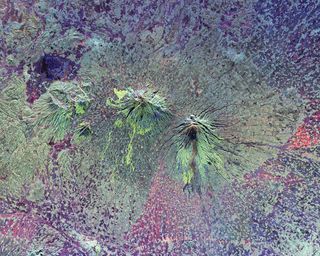
OMI
Aura’s Ozone Monitoring Instrument (OMI) instrument can distinguish between aerosol types, such as smoke, dust, and sulfates, and measures cloud pressure and coverage, which provides data to derive tropospheric ozone.…
Learn More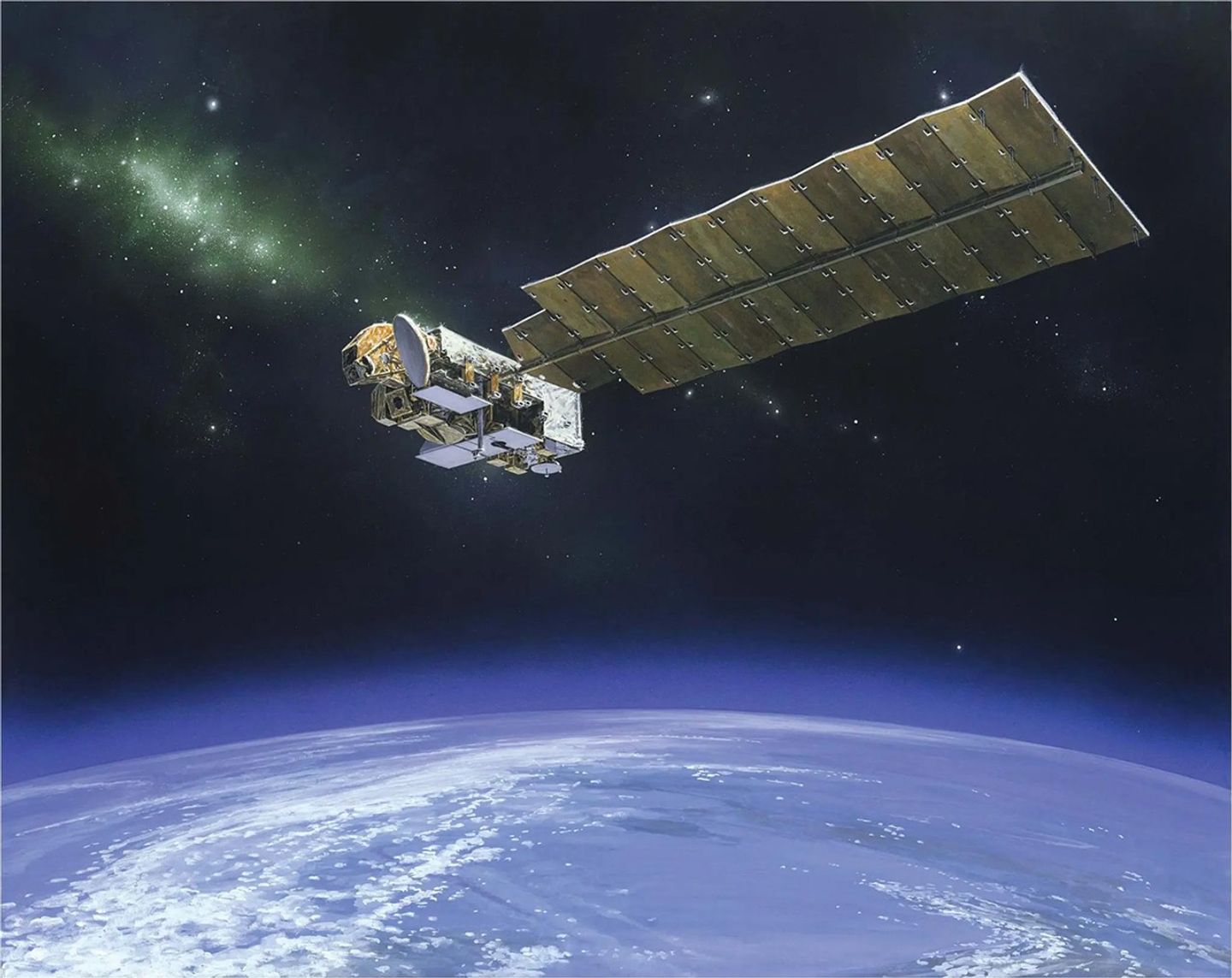
MLS
Aura’s Microwave Limb Sounder (MLS) instrument uses microwave emission to measure stratospheric temperature and upper tropospheric constituents. MLS also has unique capability to measure upper tropospheric water vapor in the…
Learn More

